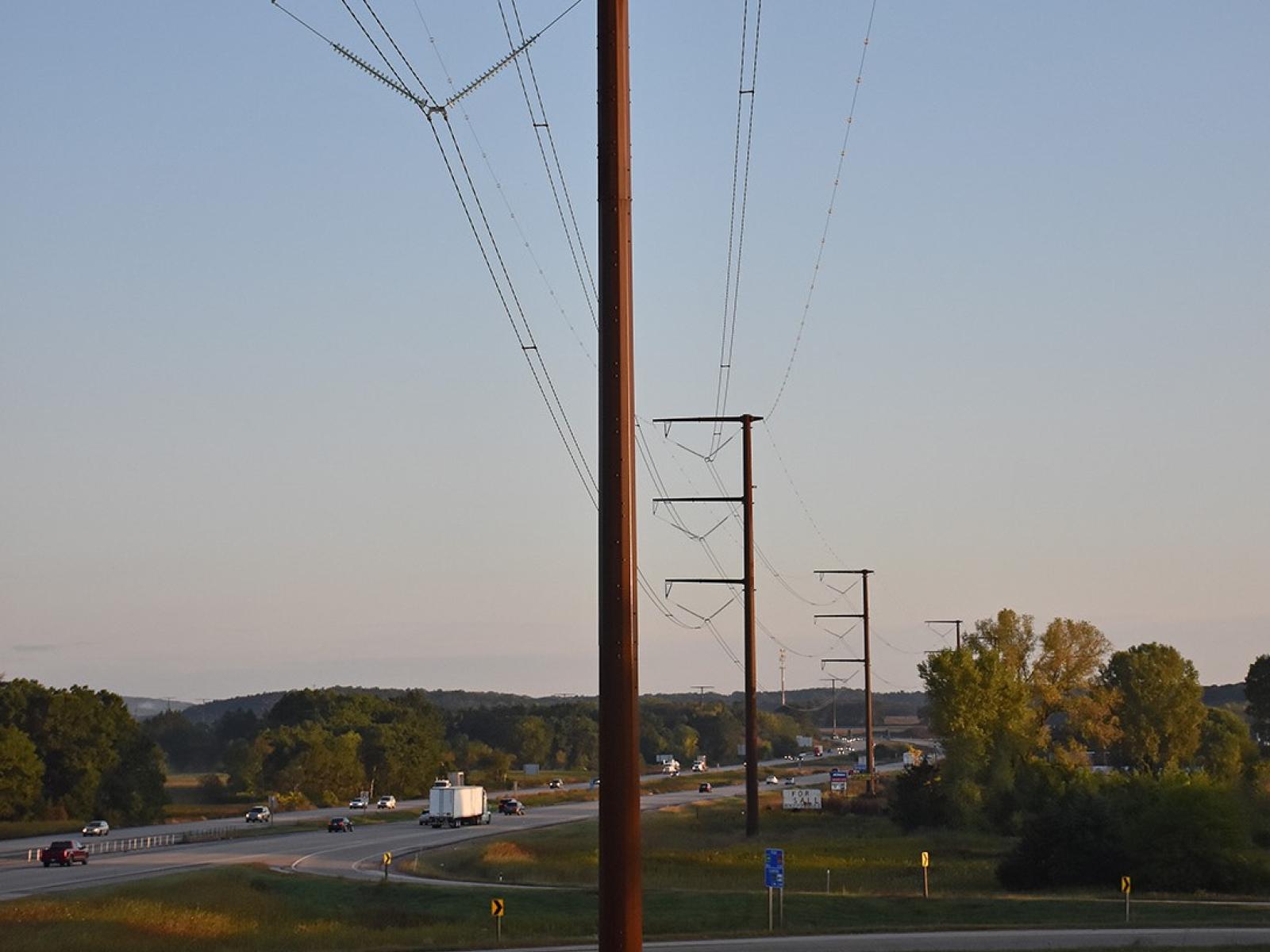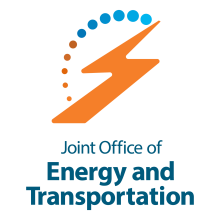Electric Transmission in Transportation Rights of Way
Electric Transmission in Transportation Rights of Way

This image shows the Badger Coulee line in Wisconsin.
American Transmission Company (2019)
Electric Transmission in Transportation Rights of Way

This image shows the Badger Coulee line in Wisconsin.
American Transmission Company (2019)
New project resources available:
Data Appendices to the Electric Transmission in Transportation Rights-of-Way Gaps Analysis
For more background information on this project, check out these slides presented at Reinventing the Right of Way: Policy, Technical, and Economic Implications of Siting Transmission Lines Along Transportation Corridors. A Workshop, convened by the National Academies on April 7-9, 2025.
"Electric Transmission in Transportation Rights-of-Way: Gaps Analysis" deck

Through the sponsorship of the Joint Office of Energy and Transportation (Joint Office), Pacific Northwest National Laboratory partnered with the U.S. Department of Transportation’s Volpe Center to explore ways to achieve federal goals for developing electric transmission infrastructure in transportation rights-of-way (ROWs).
The research organizations examined the current landscape and identified policy, technical, and institutional barriers to transmission related to key state and federal jurisdictions, as well as business and regulatory decision structures. The final product of the study is a gaps analysis, due in 2025 to the Joint Office.
This study covers a broad range of transportation infrastructure, including interstate and non-interstate roadways and rail, as well as a range of transmission voltage and current formats. The study aims to lay the foundation for future electric transmission deployment programs, understand impacts to stakeholders, and provide next steps in institutional practices.
Transportation ROWs, including highways and rail corridors, provide long, linear corridors that connect population centers across the country, making them potentially ideal locations for transmission lines. Co-locating transmission in transportation ROWs can offer numerous benefits compared to using undeveloped, greenfield corridors or private land for transmission, including reduced timelines for permitting and siting, cost savings, and protecting natural resources and private and agricultural land. Although there are several locations where electric transmission is already deployed along transportation corridors, practical factors limit further development of co-sited projects.
As required by law, the Joint Office is exploring the potential for placing high-voltage direct current and medium-voltage electric transmission lines within the ROW of the Interstate System.